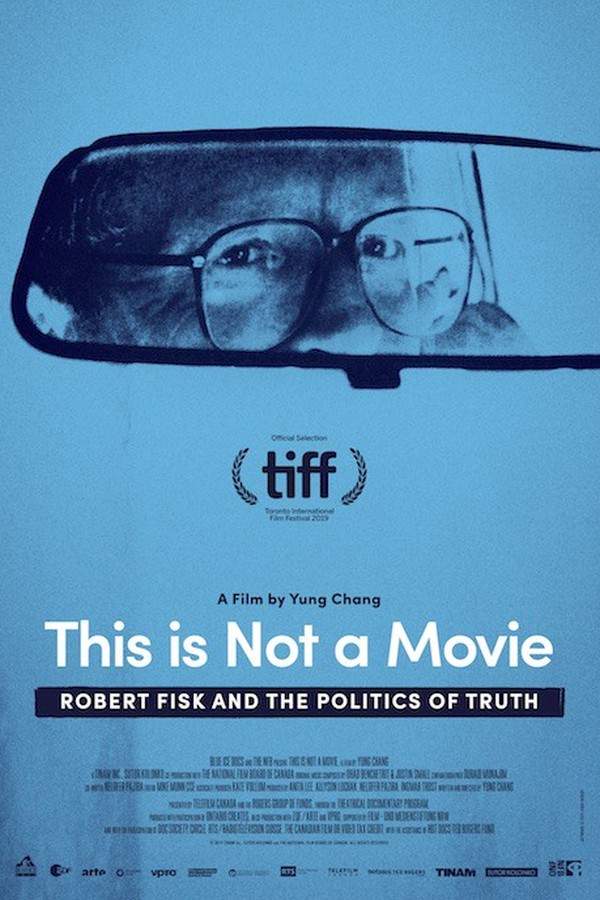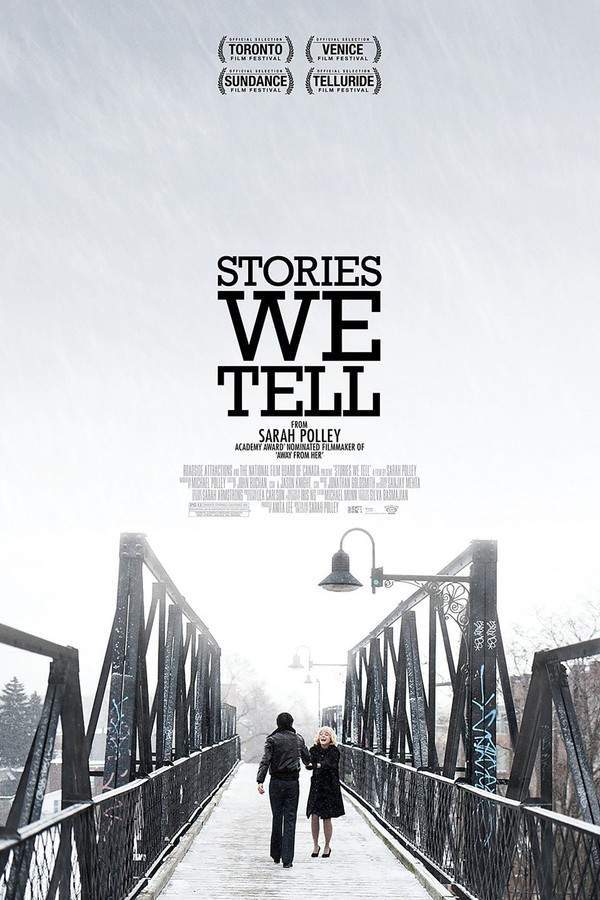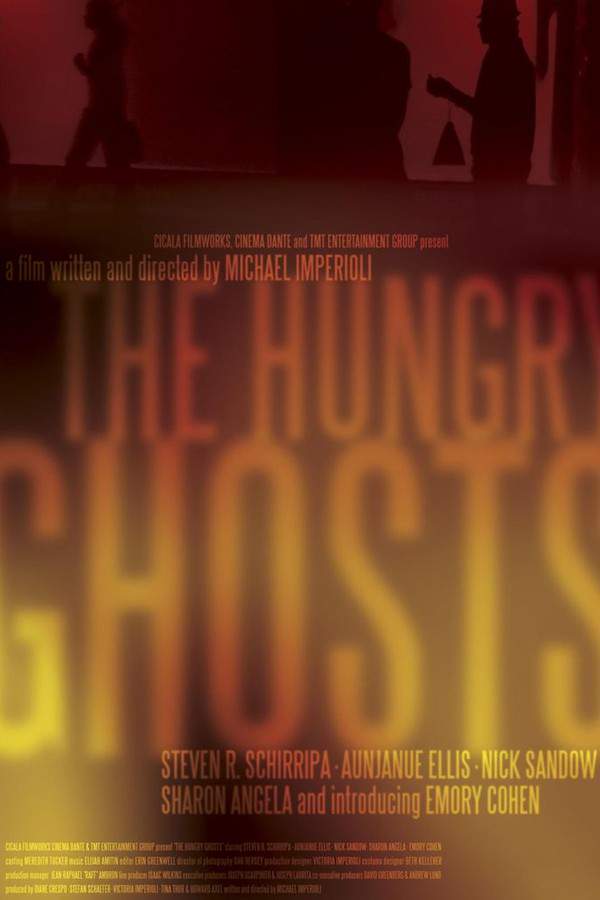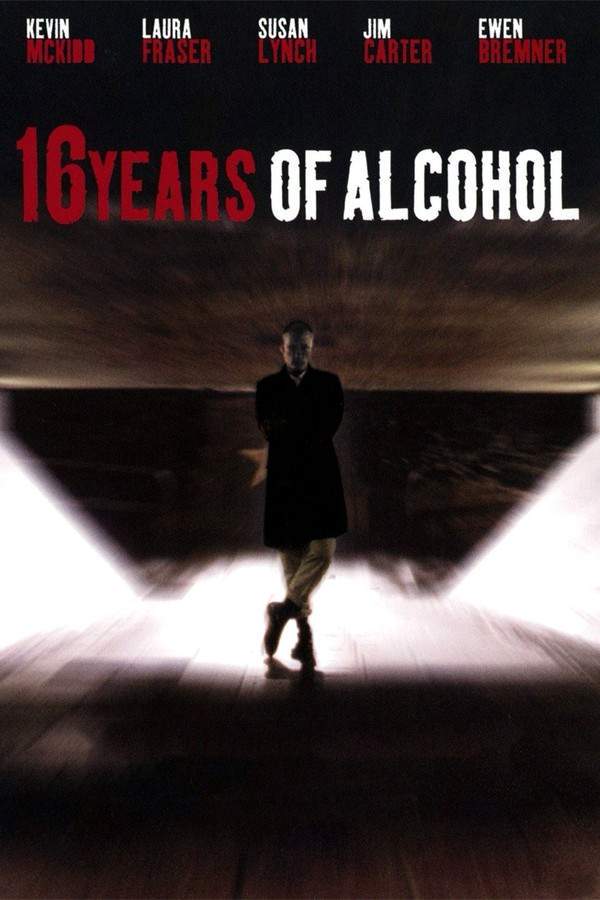
The Occupation of the American Mind
Year: 2016
Runtime: 85 mins
Language: English
Directors: Jeremy Earp, Loretta Alper
This documentary explores the unusual lack of widespread criticism towards Israeli policies in the United States, despite ongoing military occupation of Palestinian territory and repeated invasions of Gaza. It investigates the extensive pro-Israel public relations campaigns undertaken within the U.S. to shape public opinion and examines the strategies employed to maintain unwavering support. The film provides a revealing look at the complex relationship between Israel and the American public.
Warning: spoilers below!
Haven’t seen The Occupation of the American Mind yet? This summary contains major spoilers. Bookmark the page, watch the movie, and come back for the full breakdown. If you're ready, scroll on and relive the story!
Timeline – The Occupation of the American Mind (2016)
Trace every key event in The Occupation of the American Mind (2016) with our detailed, chronological timeline. Perfect for unpacking nonlinear stories, spotting hidden connections, and understanding how each scene builds toward the film’s climax. Whether you're revisiting or decoding for the first time, this timeline gives you the full picture.
Last Updated: October 03, 2025 at 06:45
Explore Movie Threads
Discover curated groups of movies connected by mood, themes, and story style. Browse collections built around emotion, atmosphere, and narrative focus to easily find films that match what you feel like watching right now.
Documentaries that expose systemic influence like The Occupation of the American Mind
Films that dissect how information and power are manipulated behind the scenes.Explore movies like The Occupation of the American Mind that uncover hidden power structures. These documentaries are for viewers who appreciate methodical investigations into media, propaganda, and political influence, offering a sobering look at how public opinion is shaped.
Narrative Summary
Stories in this thread typically unfold as a structured investigation, presenting evidence, expert analysis, and historical context to build a compelling argument. The narrative often follows a path of discovery, moving from a general question to a detailed, revealing conclusion about how a system operates.
Why These Movies?
Movies are grouped here because they share a core mission: to critically examine and expose complex, often obscured, systems. They prioritize intellectual engagement and evidence over sensationalism, leading the audience on a journey of revelation that changes their understanding of a significant issue.
Sobering political analysis movies like The Occupation of the American Mind
Stories that deliver difficult truths about conflict and power without easy answers.Find films similar to The Occupation of the American Mind that explore heavy political topics. If you liked its sobering look at the Israeli-Palestinian conflict and media narratives, you'll appreciate these other thoughtful and emotionally weighty political documentaries and dramas.
Narrative Summary
The narrative journey in these films is one of escalating comprehension and moral grappling. They often present a conflict from multiple angles, avoiding simplistic villains, and build towards an ambiguous or bittersweet ending that reflects the intractable nature of the real-world problems they examine.
Why These Movies?
These movies are united by their commitment to exploring grave political subjects with intellectual seriousness and emotional gravity. They share a sobering mood, a moderate-to-high complexity in their arguments, and an ending that feels ambiguous or unresolved, mirroring the complexity of the issues themselves.
Unlock the Full Story of The Occupation of the American Mind
Don't stop at just watching — explore The Occupation of the American Mind in full detail. From the complete plot summary and scene-by-scene timeline to character breakdowns, thematic analysis, and a deep dive into the ending — every page helps you truly understand what The Occupation of the American Mind is all about. Plus, discover what's next after the movie.
The Occupation of the American Mind Summary
Read a complete plot summary of The Occupation of the American Mind, including all key story points, character arcs, and turning points. This in-depth recap is ideal for understanding the narrative structure or reviewing what happened in the movie.

Characters, Settings & Themes in The Occupation of the American Mind
Discover the characters, locations, and core themes that shape The Occupation of the American Mind. Get insights into symbolic elements, setting significance, and deeper narrative meaning — ideal for thematic analysis and movie breakdowns.

The Occupation of the American Mind Spoiler-Free Summary
Get a quick, spoiler-free overview of The Occupation of the American Mind that covers the main plot points and key details without revealing any major twists or spoilers. Perfect for those who want to know what to expect before diving in.

More About The Occupation of the American Mind
Visit What's After the Movie to explore more about The Occupation of the American Mind: box office results, cast and crew info, production details, post-credit scenes, and external links — all in one place for movie fans and researchers.



















